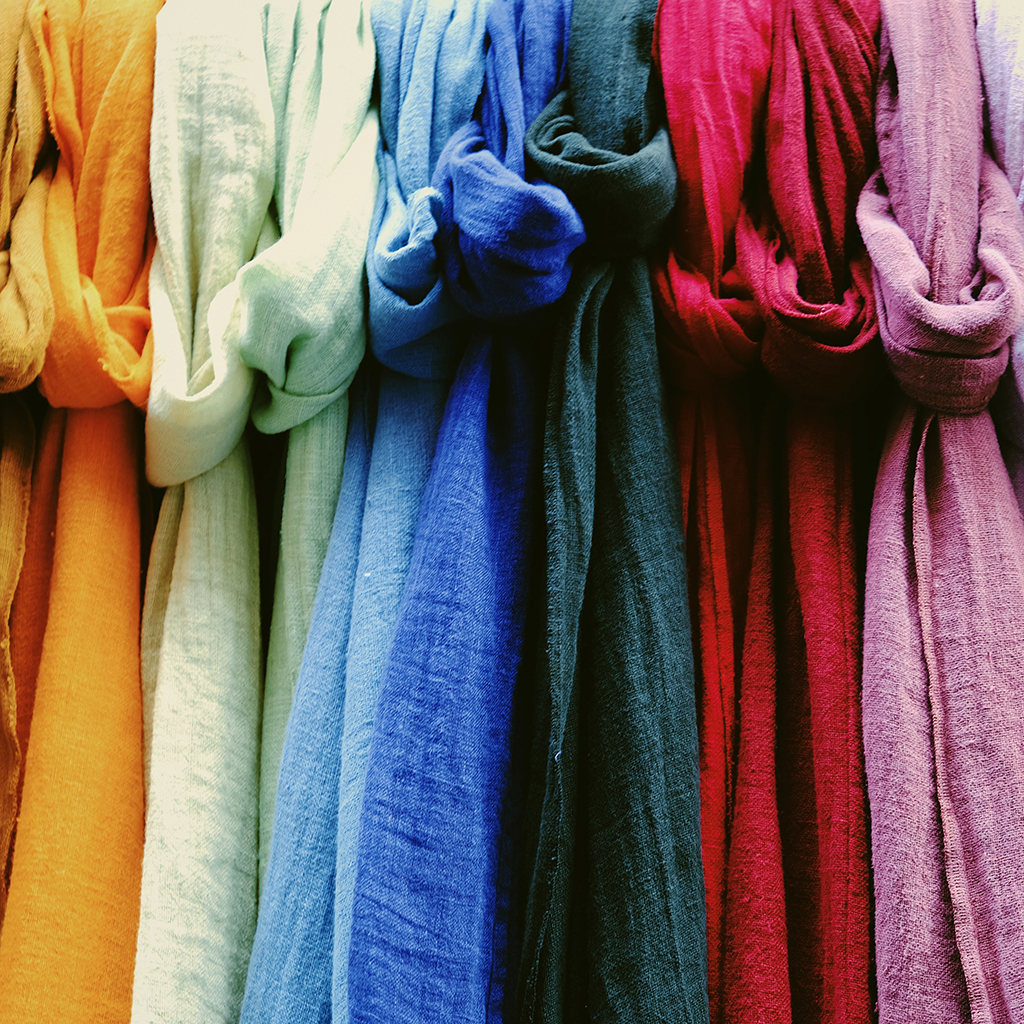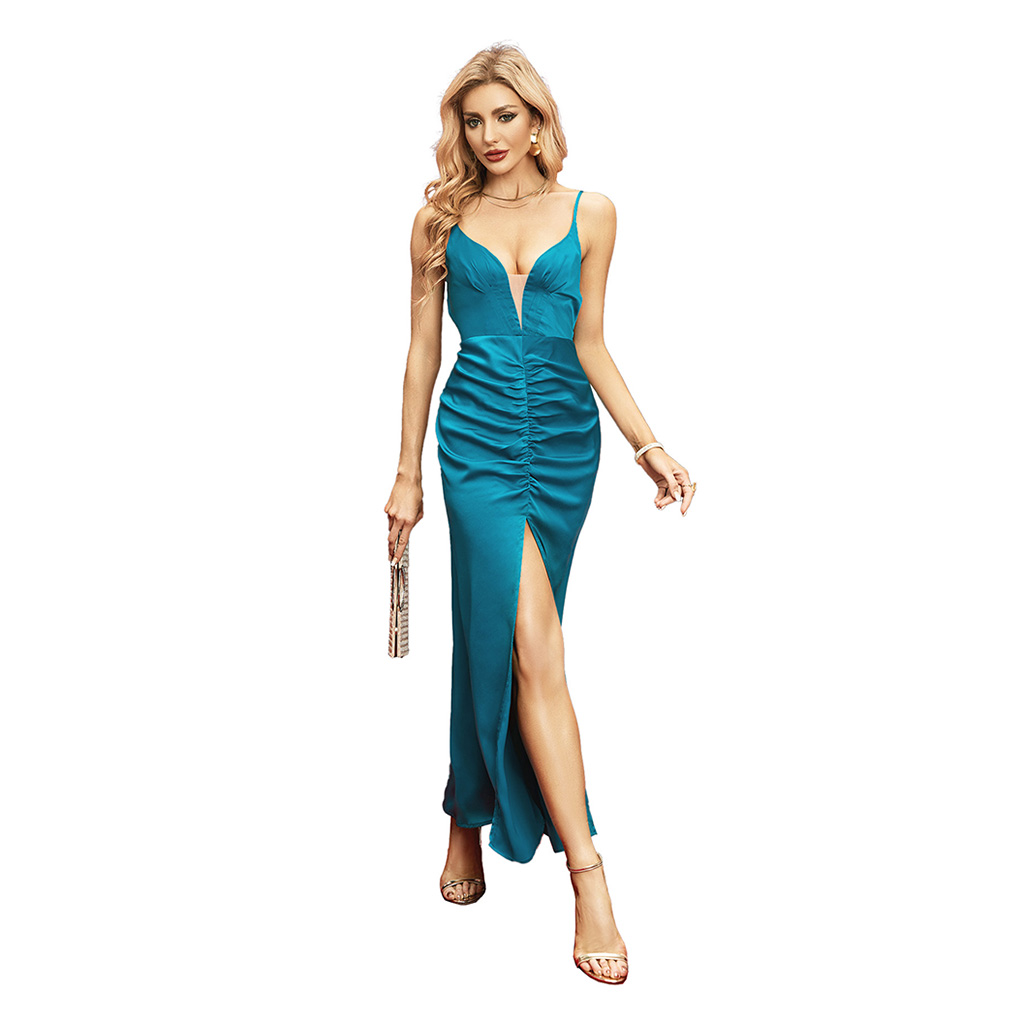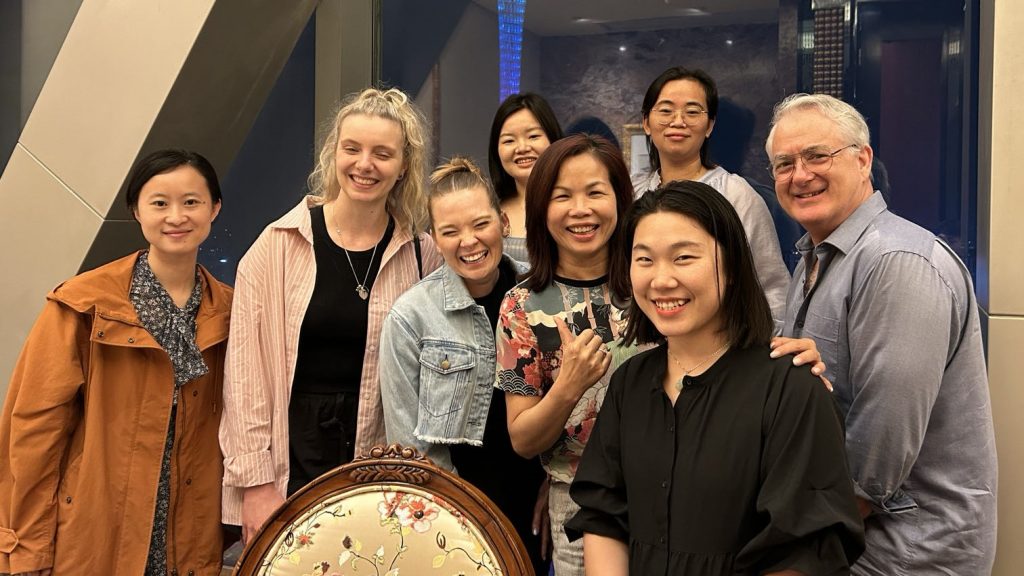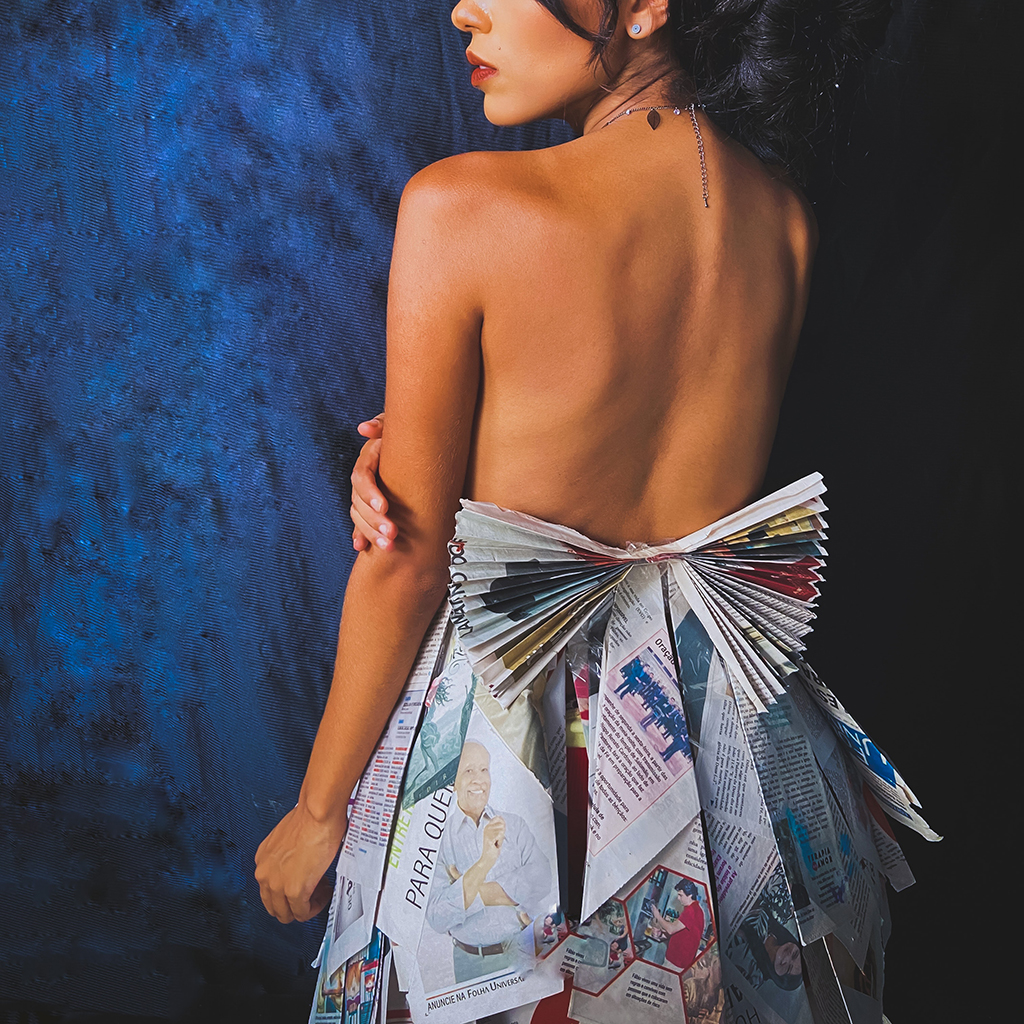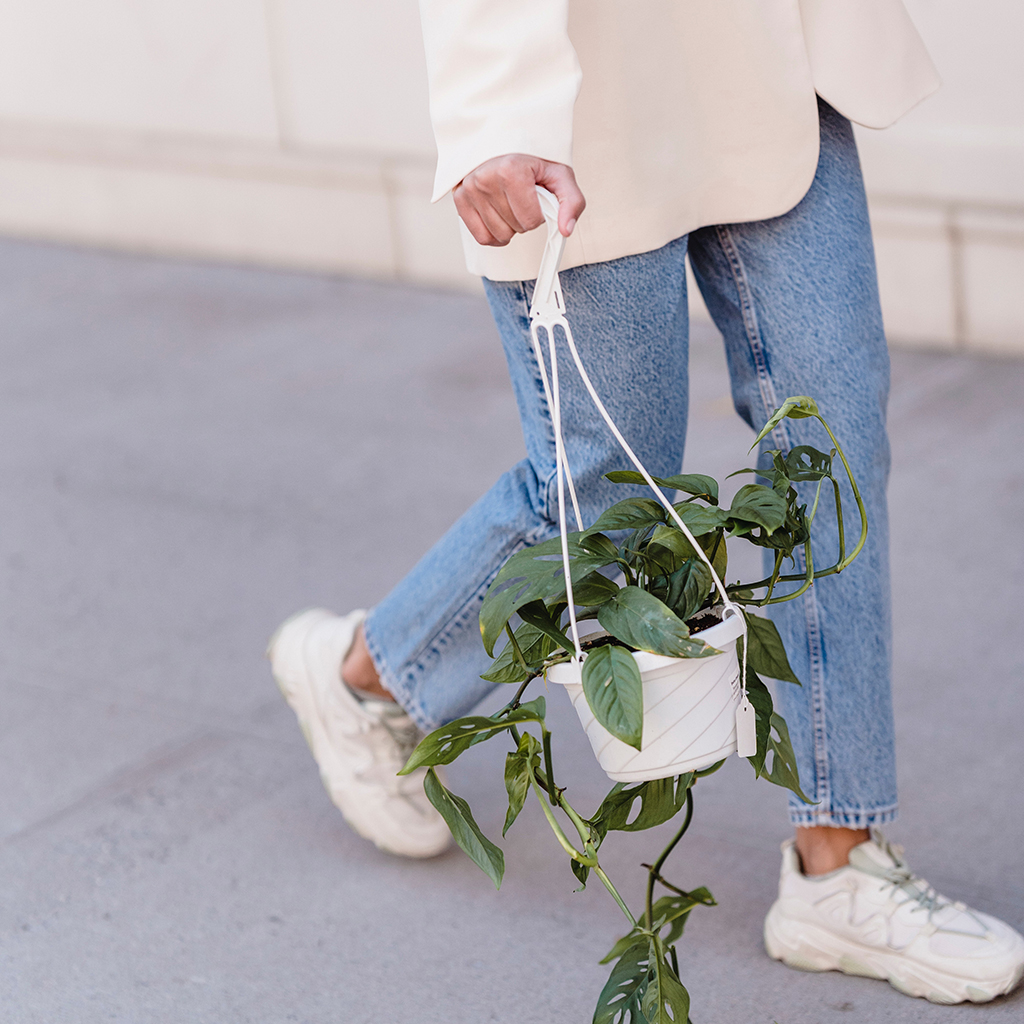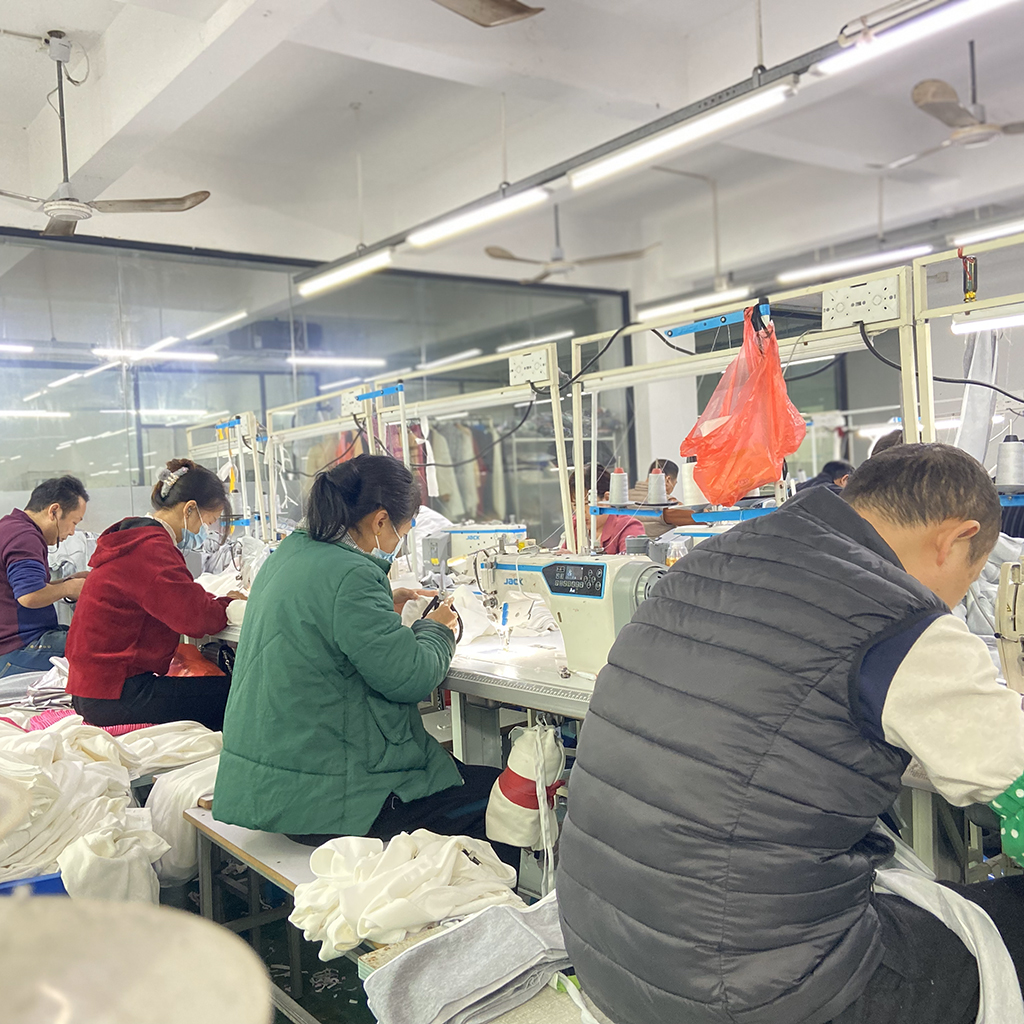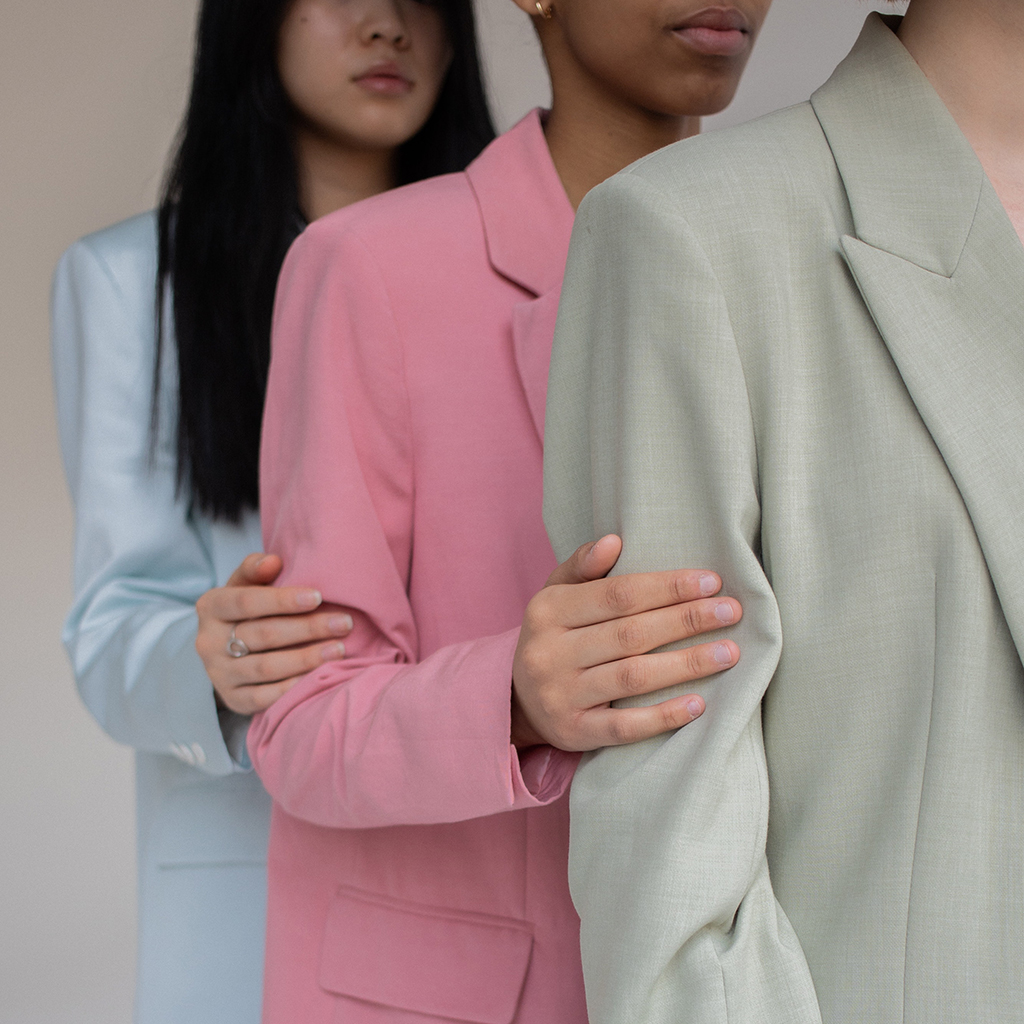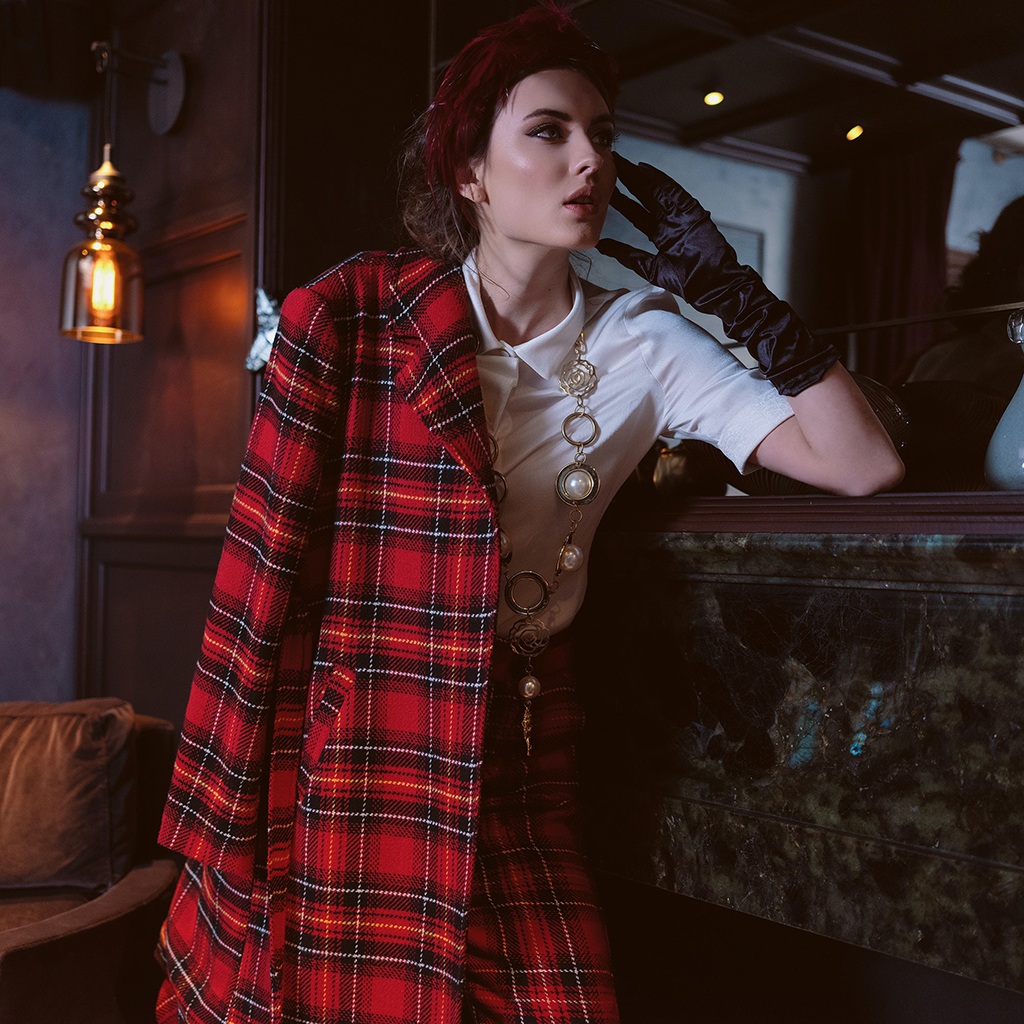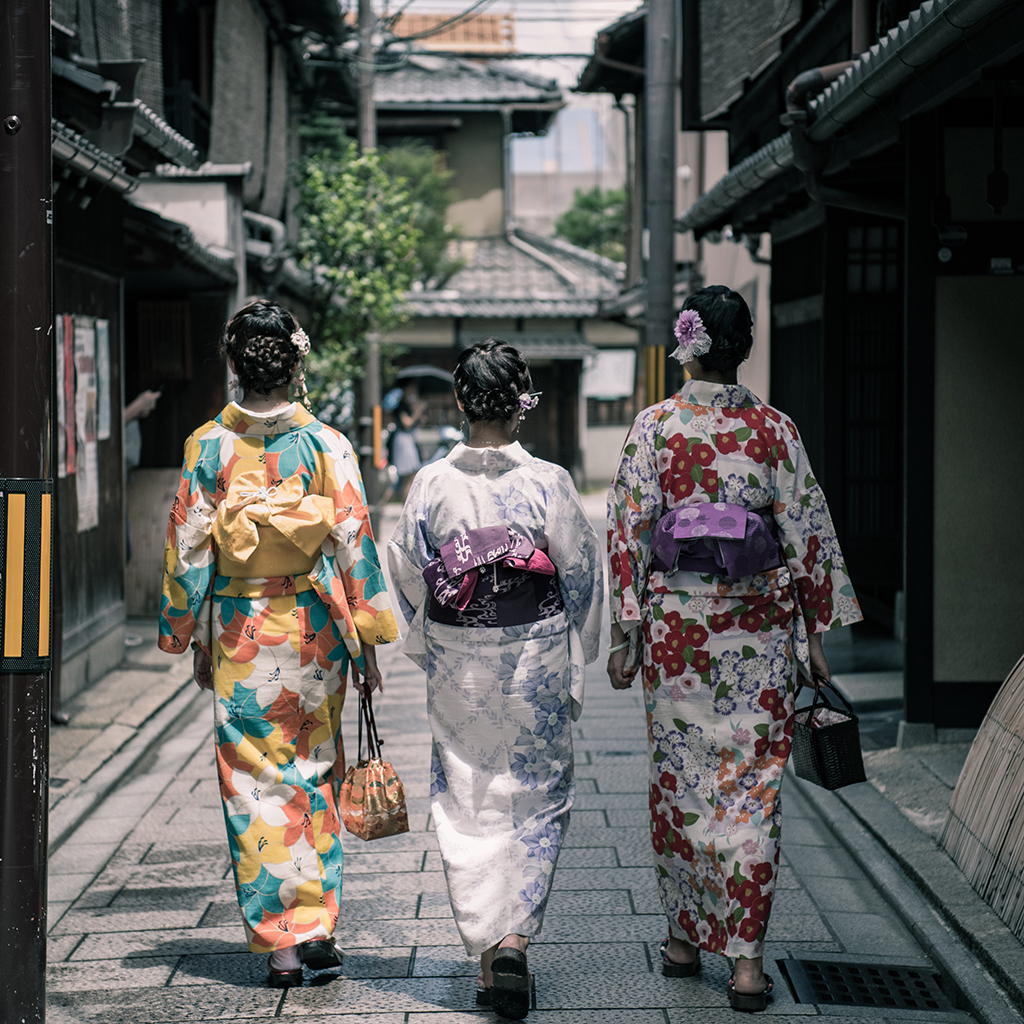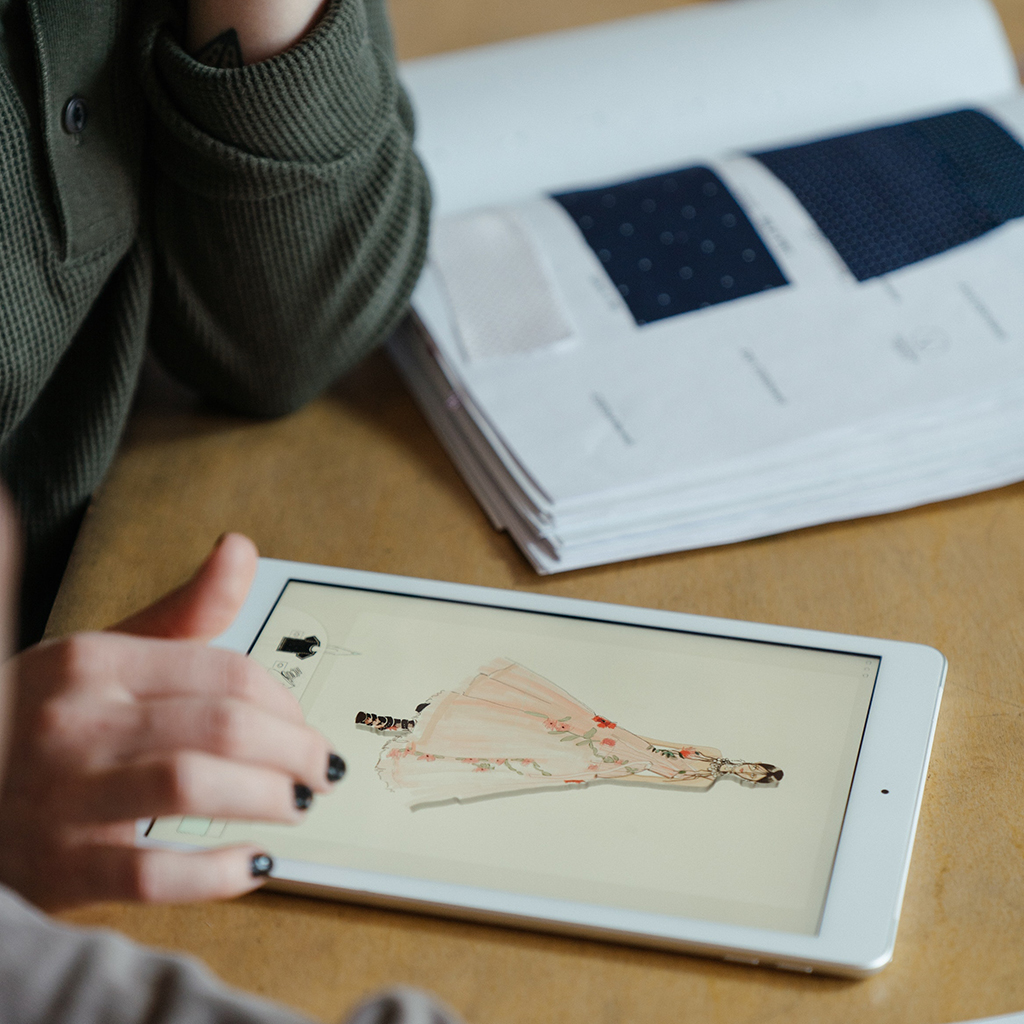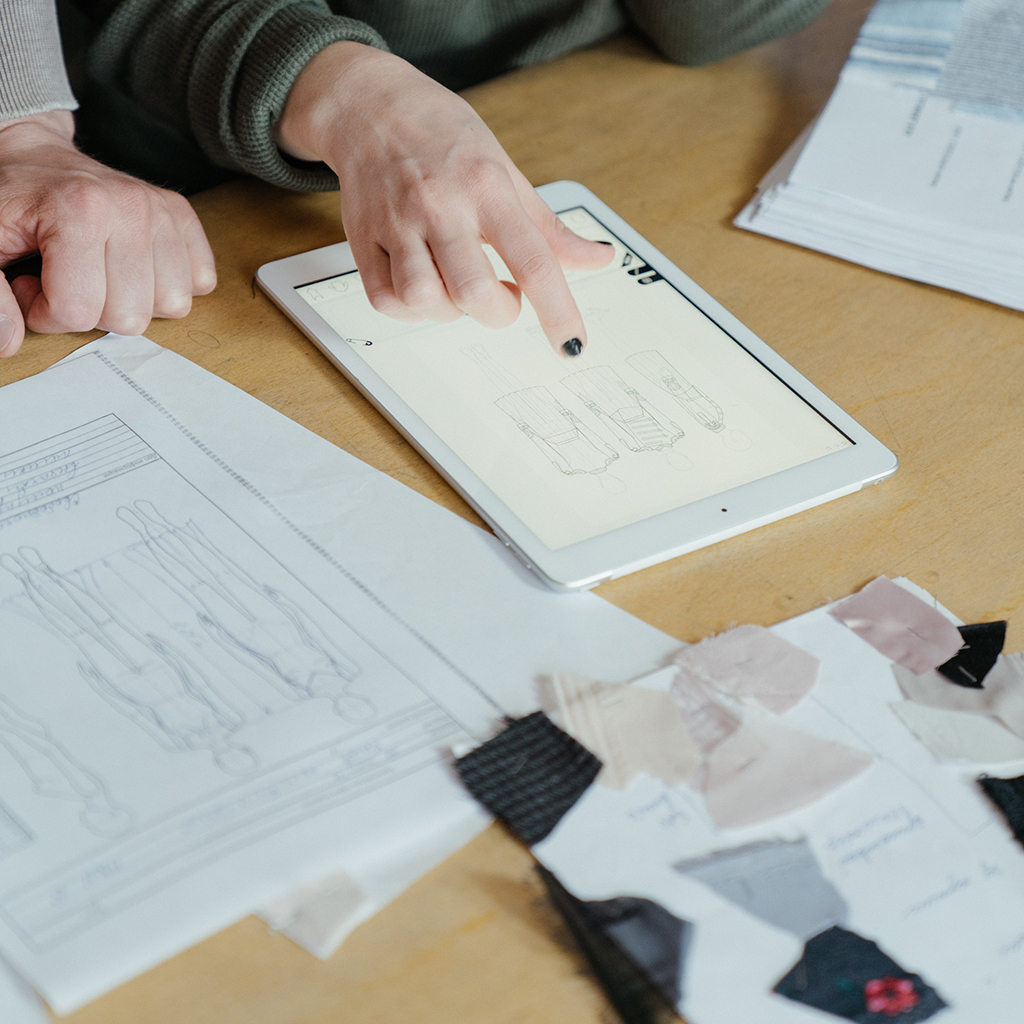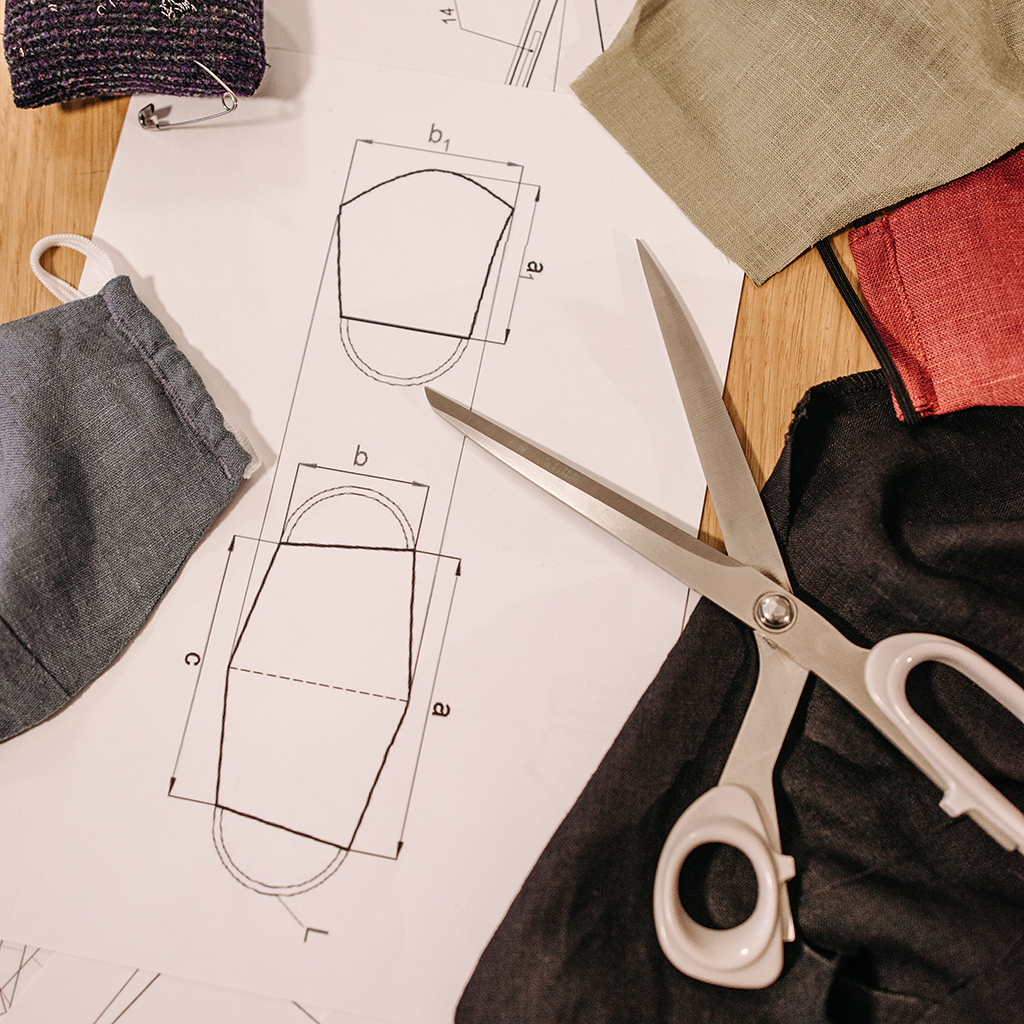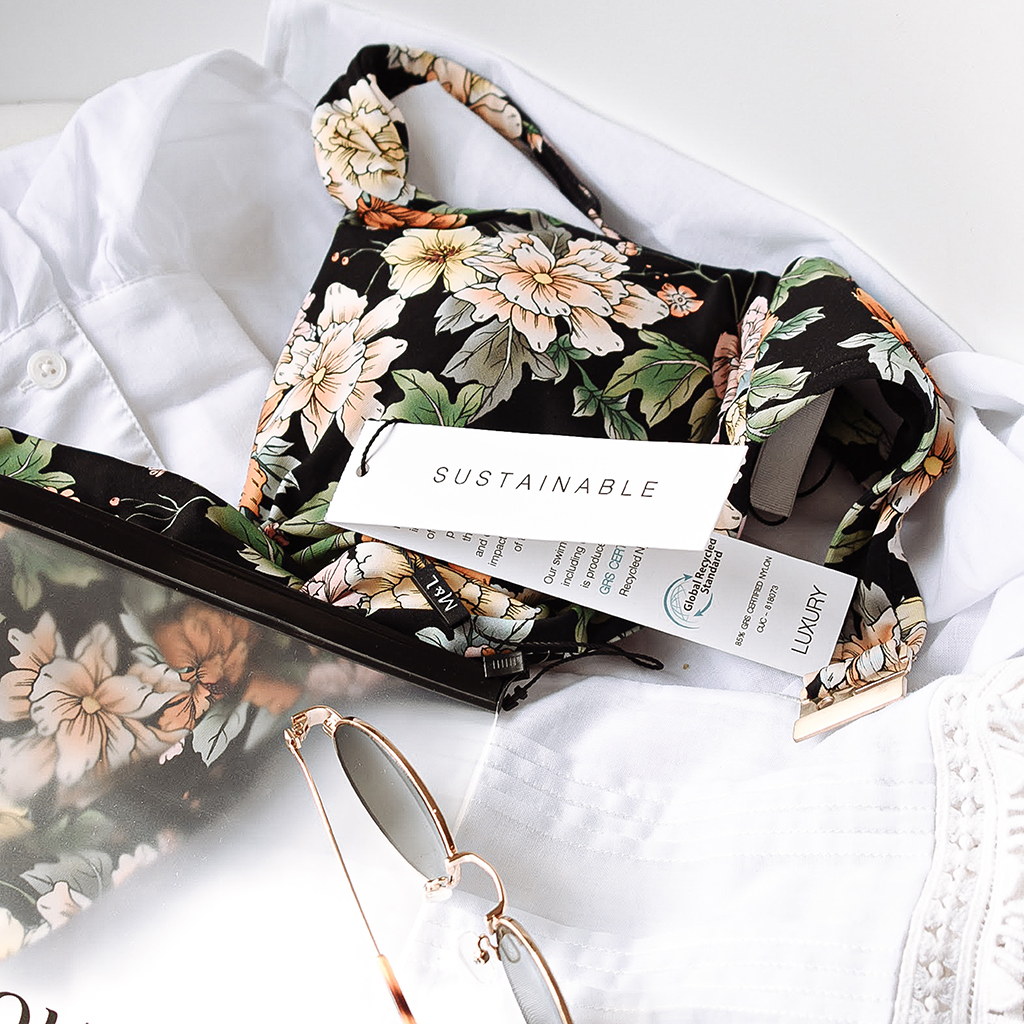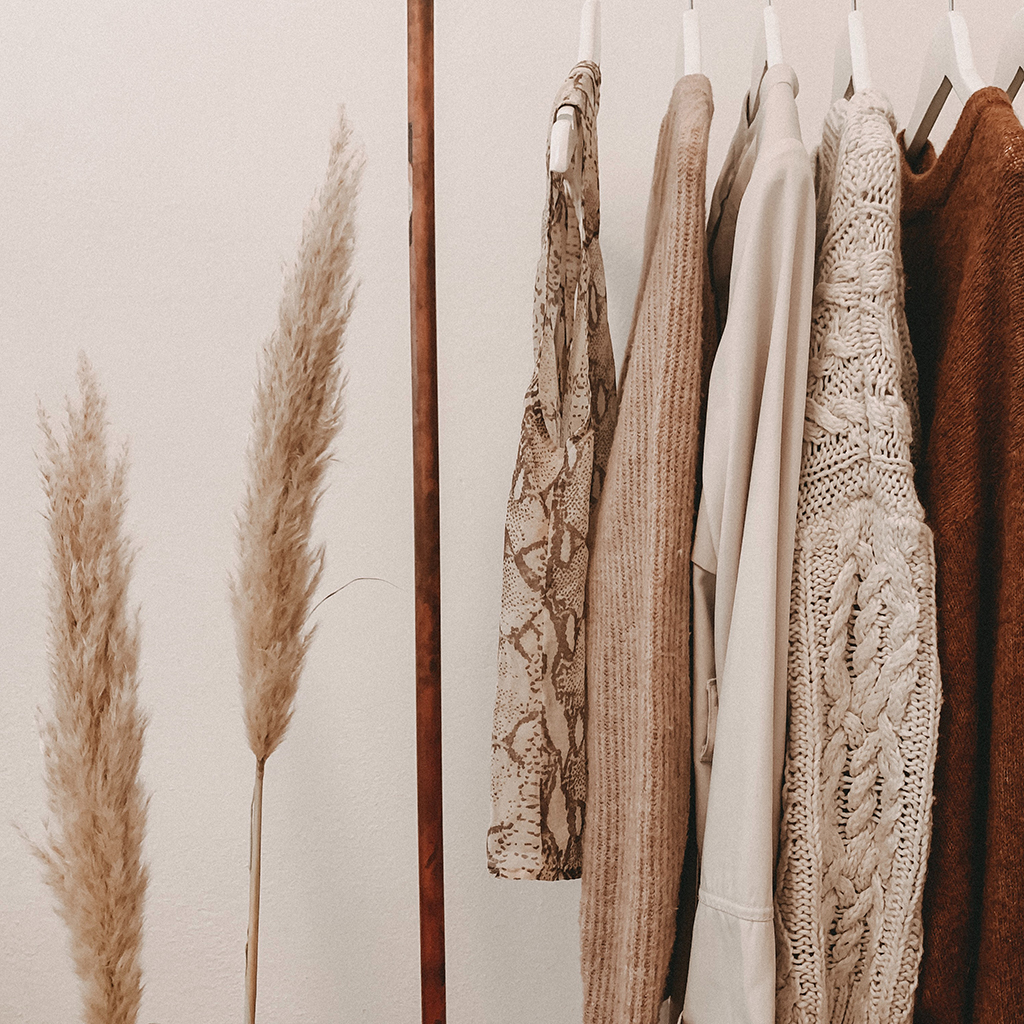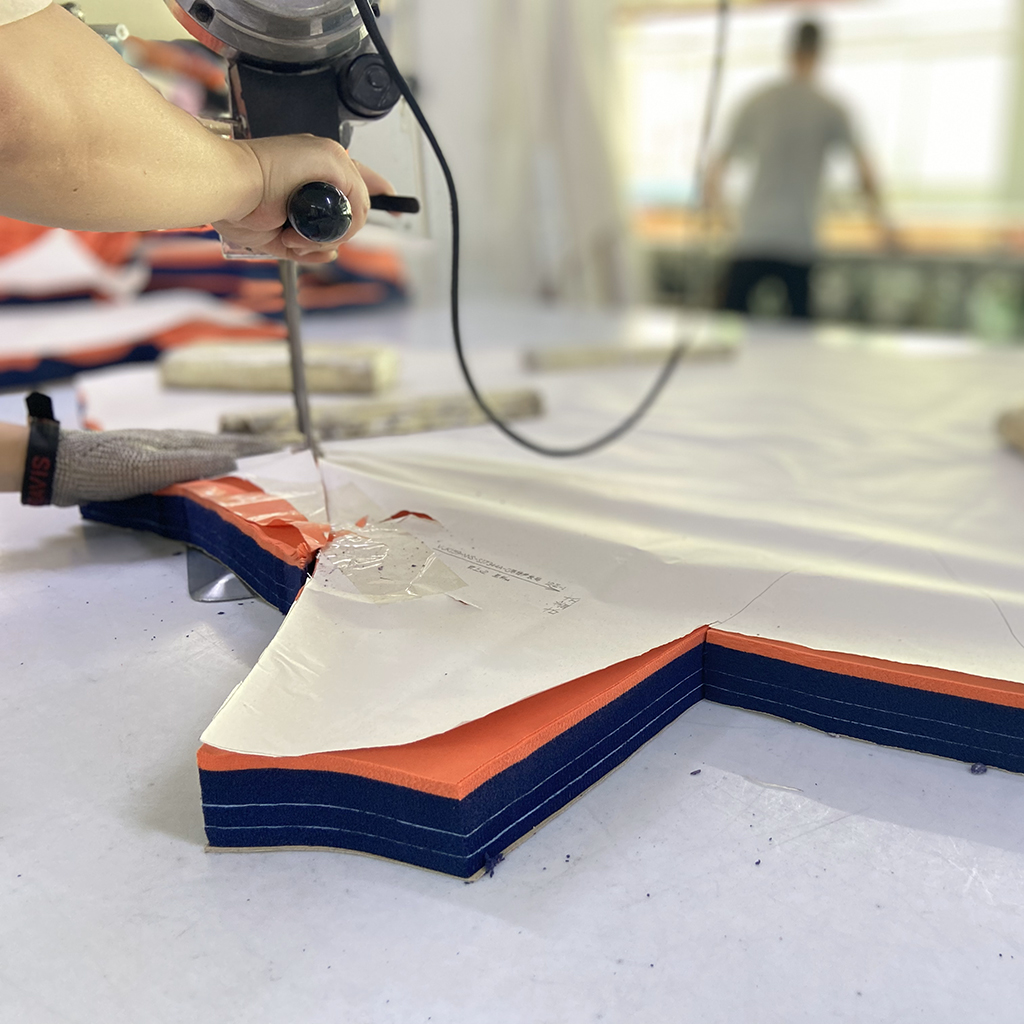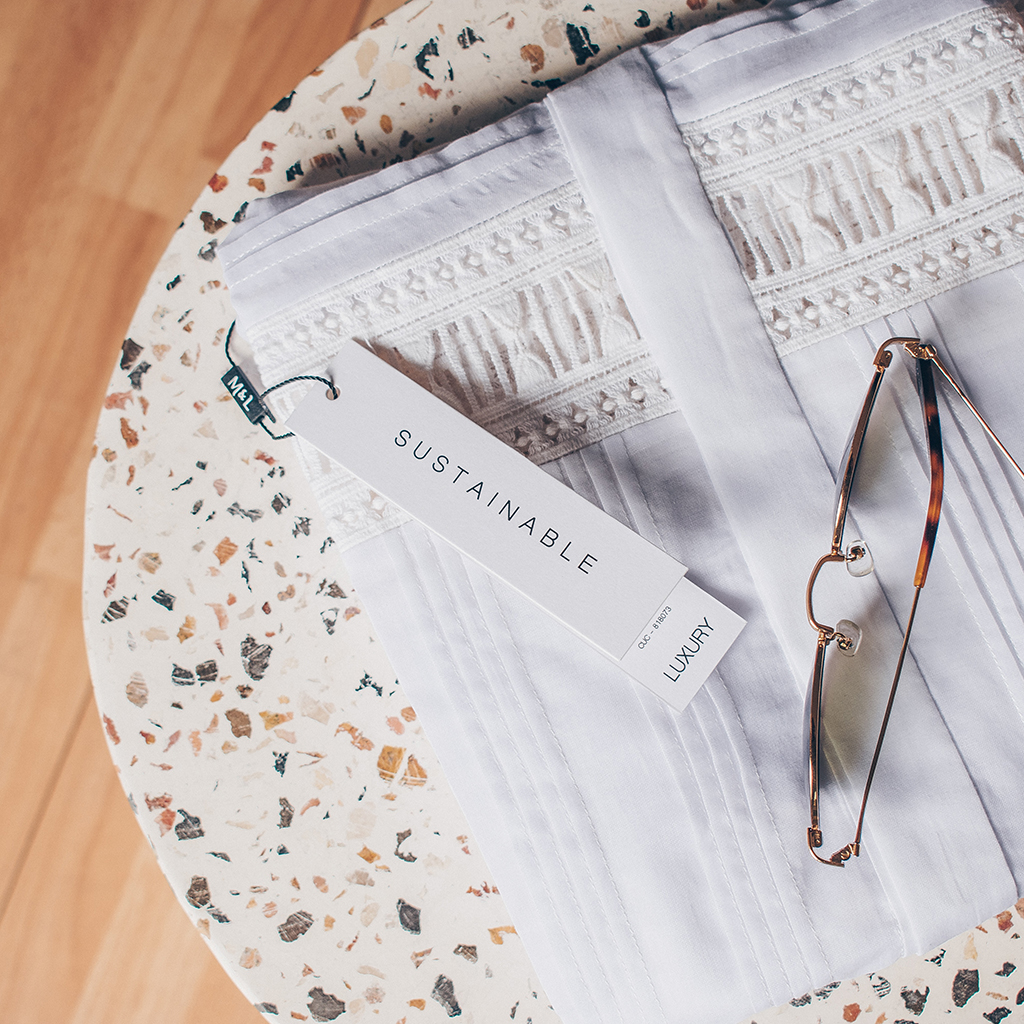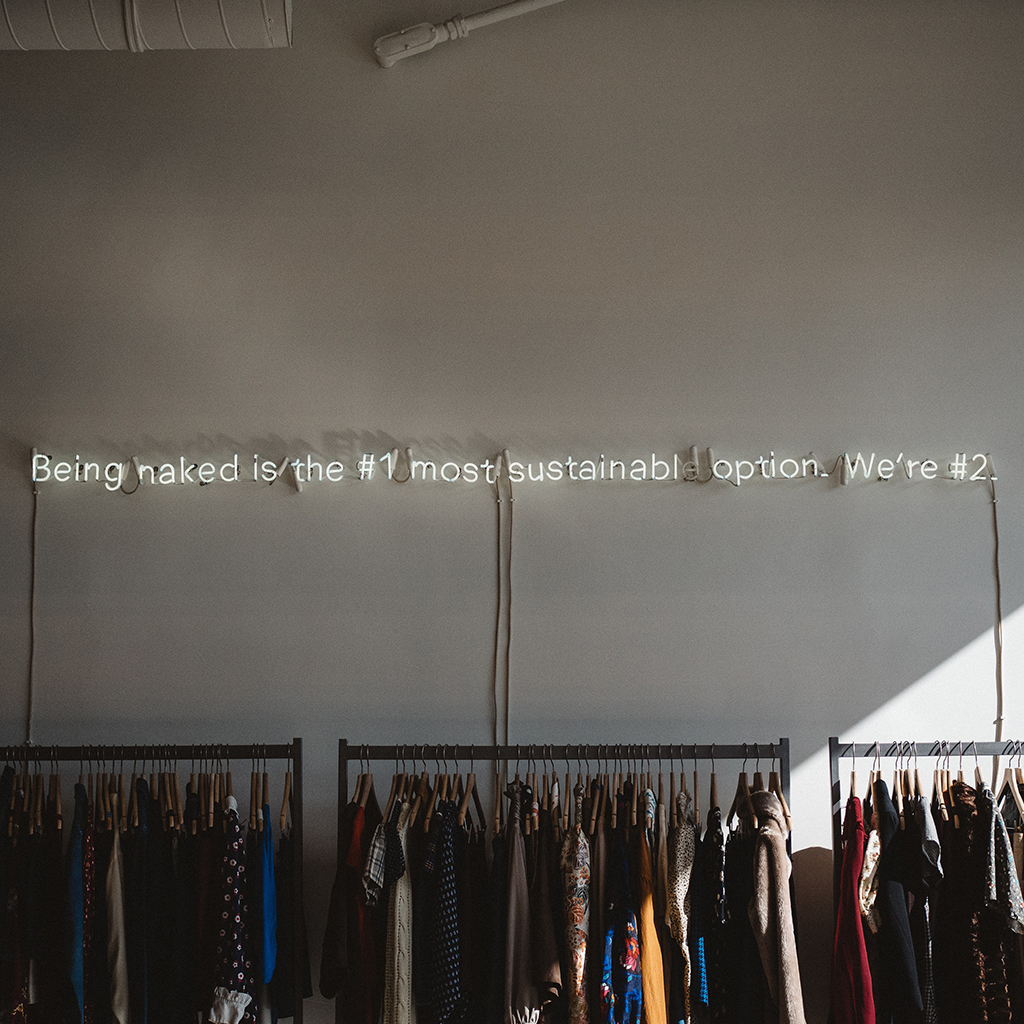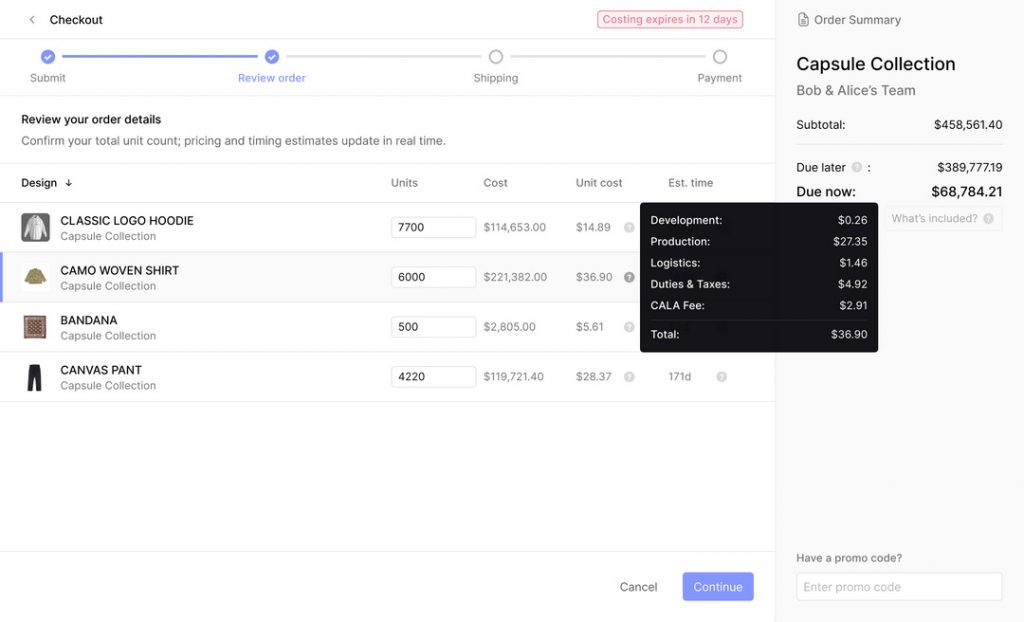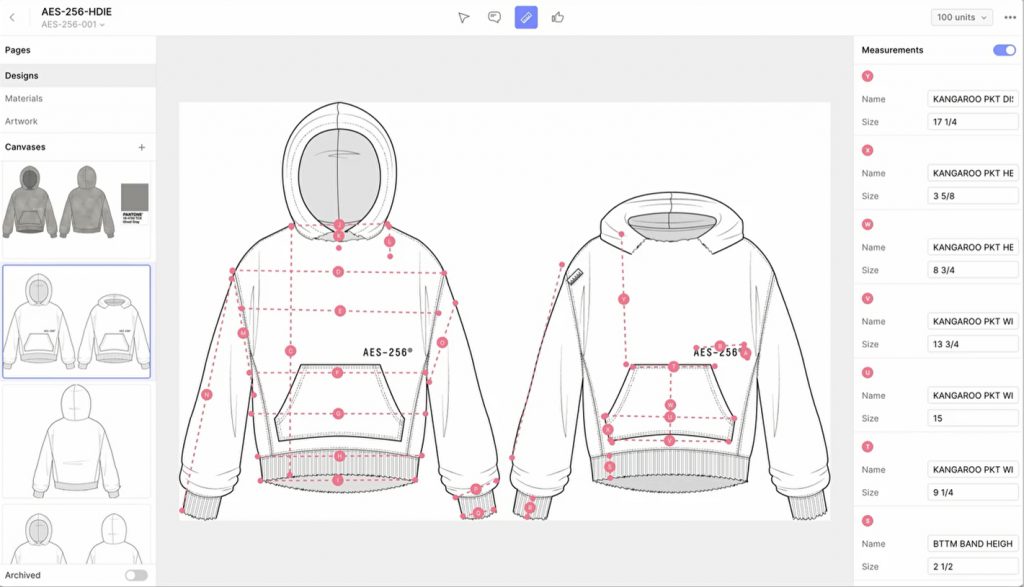A Guide to Fashion Draping: The Art of Manipulating Fabric on a Dress Form
kno01042023-06
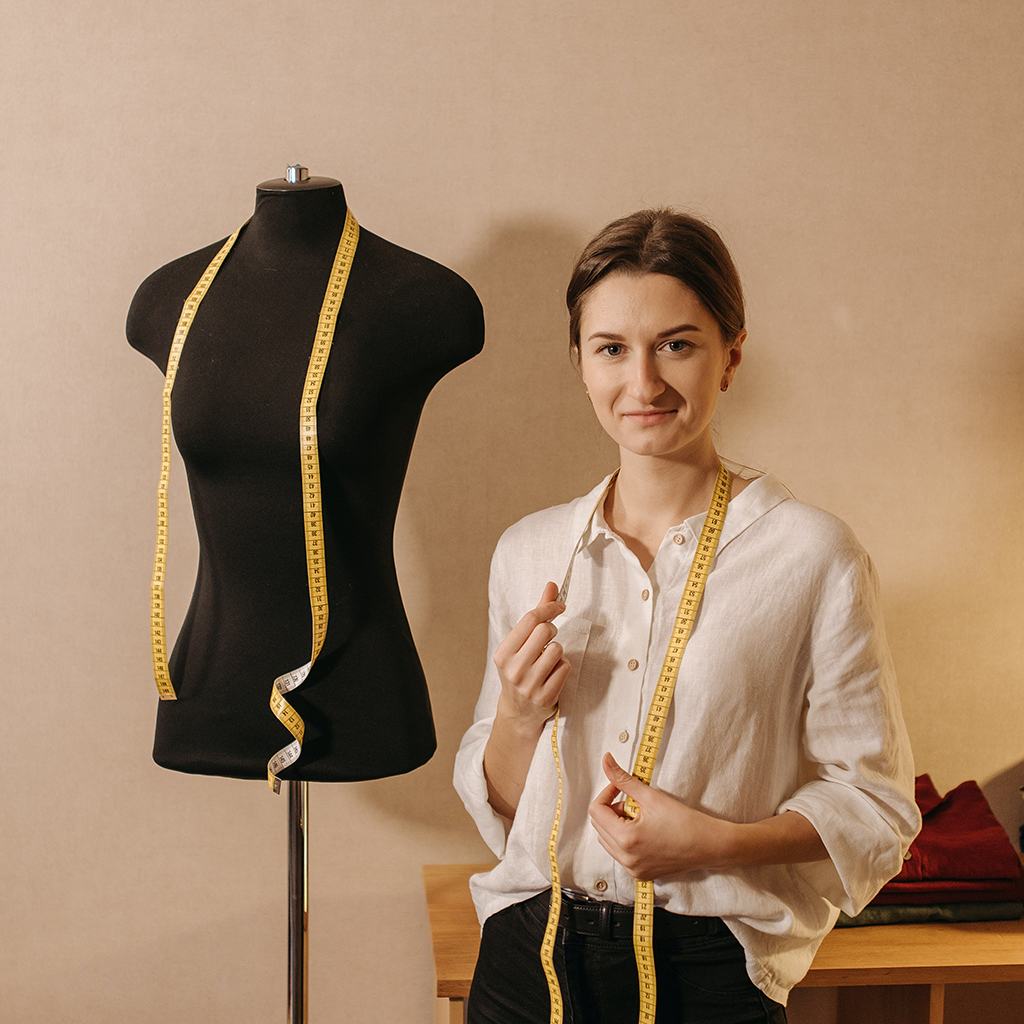
Photo: Pexels
Fashion draping is an essential skill for designers who want to create unique, well-fitted garments with a natural flow and structure. Draping involves manipulating fabric directly on a dress form or mannequin, allowing designers to visualize and experiment with their ideas in three dimensions. In this blog post, we’ll discuss the importance of draping in fashion design, the materials and tools needed, and some tips for mastering the art of fashion draping.
The Importance of Draping in Fashion Design
Draping offers several benefits to fashion designers, including:
Creative Exploration: Draping allows designers to experiment with various fabric manipulations, silhouettes, and design details, encouraging creativity and innovation.
Fitting and Proportion: Working directly on a dress form helps designers achieve a better fit and proportion for their garments, as they can see how the fabric conforms to the body and make adjustments accordingly.
Problem-Solving: Draping can help designers identify and resolve potential design issues, such as fabric limitations, balance, and construction challenges, before moving on to the pattern-making and sewing stages.
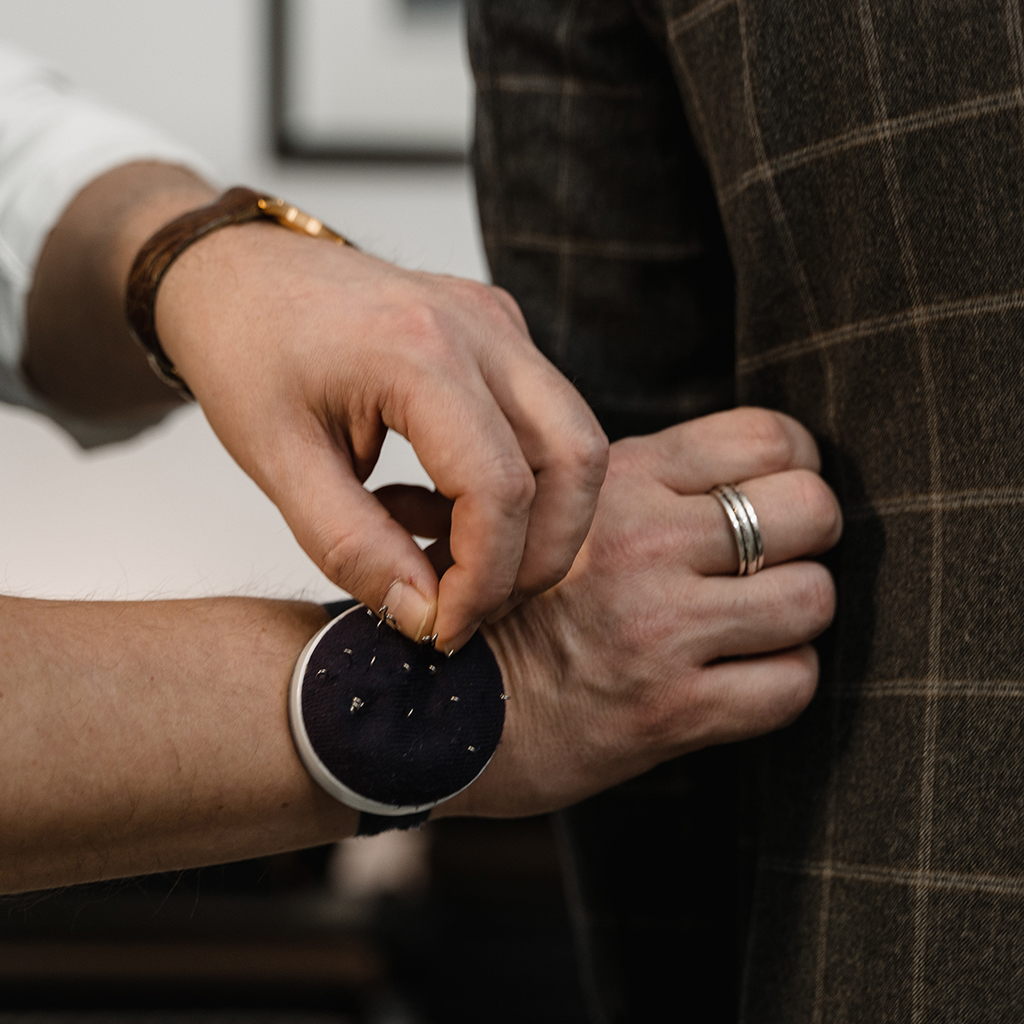
Photo: Pexels
Materials and Tools for Draping
To get started with fashion draping, designers will need a few essential materials and tools, including:
Dress Form or Mannequin: A dress form or mannequin that closely resembles the desired body shape and size is crucial for accurate draping.
Fabric: Muslin or other inexpensive, lightweight fabric is commonly used for draping, as it allows designers to experiment without wasting expensive materials.
Pins: Straight pins are used to secure the fabric to the dress form and hold it in place during the draping process.
Scissors: Sharp scissors are necessary for cutting and trimming the fabric during the draping process.
Marking Tools: Fabric markers or chalk can be used to make markings on the fabric, such as seam lines, darts, and design details.

Photo: Pexels
Tips for Mastering Fashion Draping
Becoming proficient in fashion draping takes time, practice, and patience. Here are some tips to help you develop your draping skills:
Start with Simple Projects: Begin with simple garments, such as skirts or basic tops, to build your confidence and familiarity with the draping process.
Study the Fabric: Pay close attention to how the fabric behaves on the dress form, considering factors such as drape, weight, and stretch. This will help you make informed decisions about how to manipulate the fabric to achieve the desired effect.
Practice, Practice, Practice: As with any skill, practice is essential for improving your draping abilities. Experiment with different fabrics, techniques, and design ideas to develop your unique style and approach to draping.
Learn from Others: Study the work of experienced drapers and designers, attend workshops or classes, and watch online tutorials to expand your knowledge and gain inspiration.
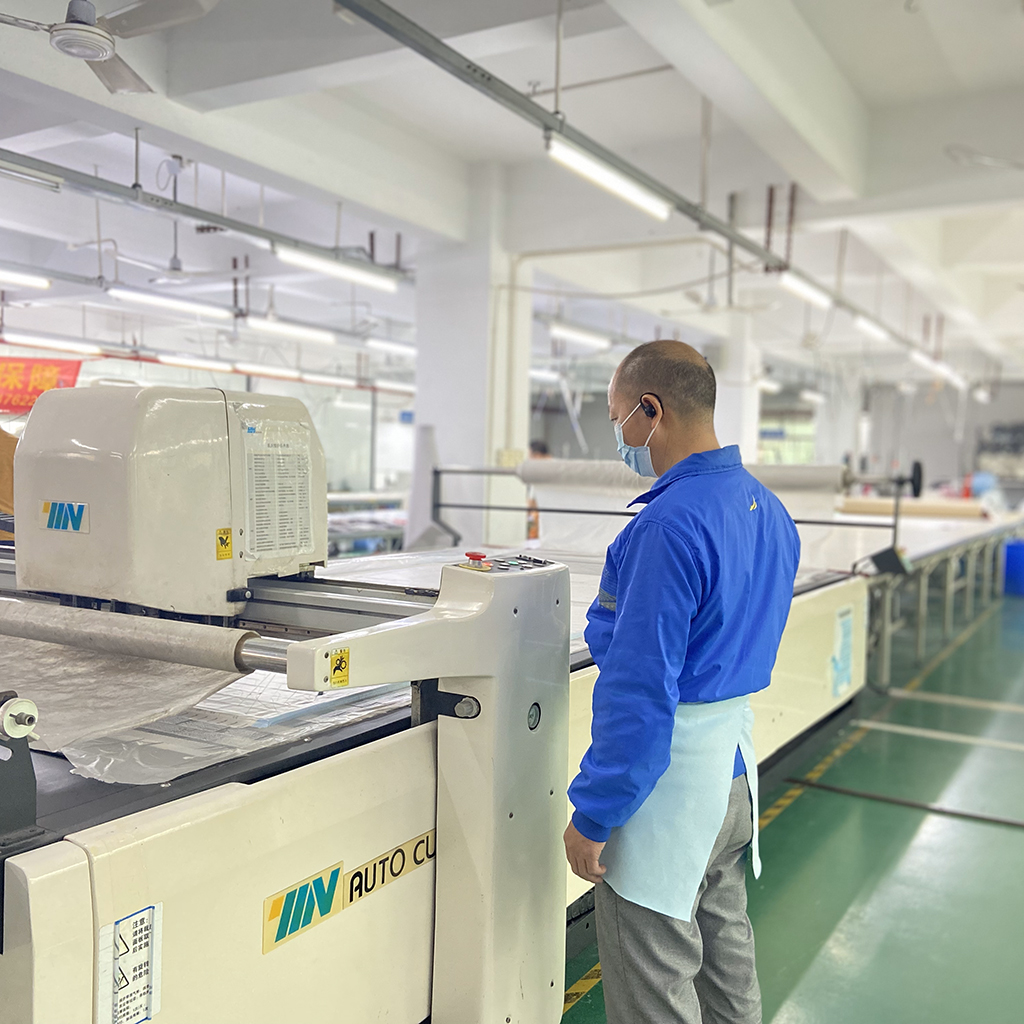
Fashion draping is a valuable skill for designers who want to create garments with a natural, organic feel and an impeccable fit. By understanding the basics of draping, gathering the necessary materials and tools, and practicing regularly, aspiring designers can develop the skills needed to excel in this artistic aspect of fashion design.
Google: D&J Fashion Manufacturer
Leave us a Google Review
Facebook: dnjfashionofficial
Instagram: dnj_fashion_official
Linkedin: D&J Garment Manufacturing and Supply Chain
Pinterest: dnjfashion
Youtube: @dnjfashion_official
Tik Tok: @dnj_fashion



